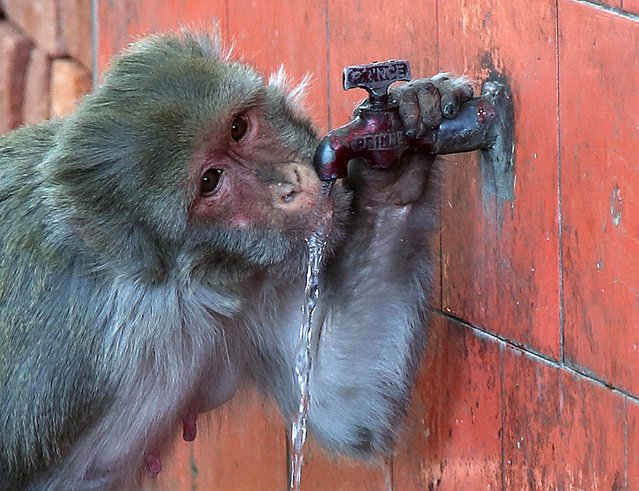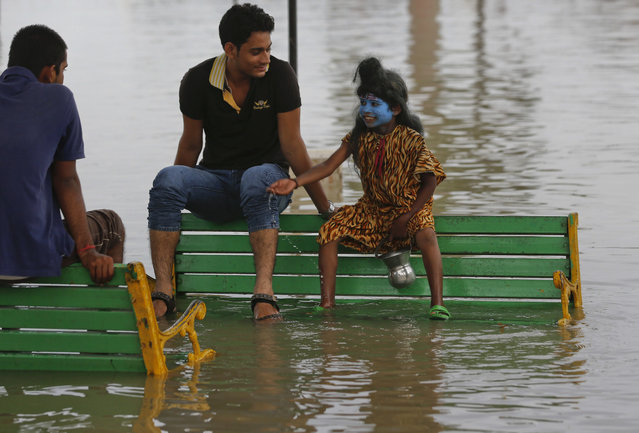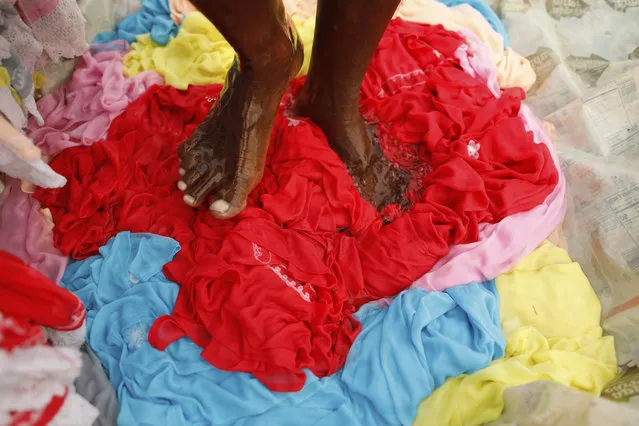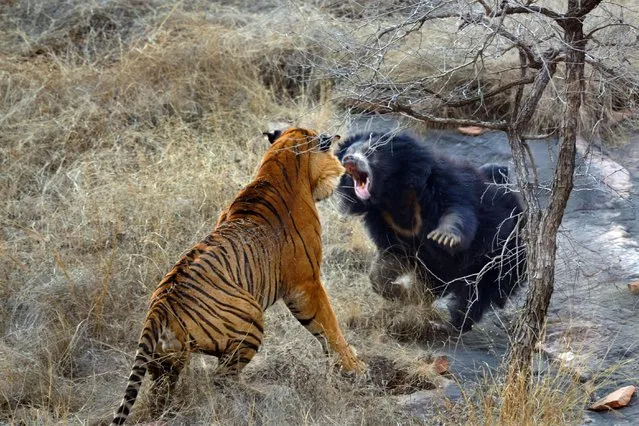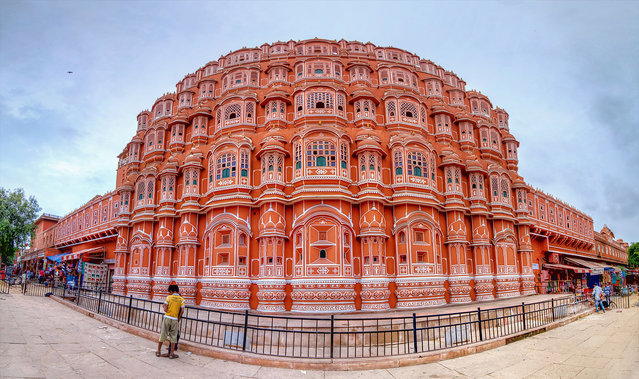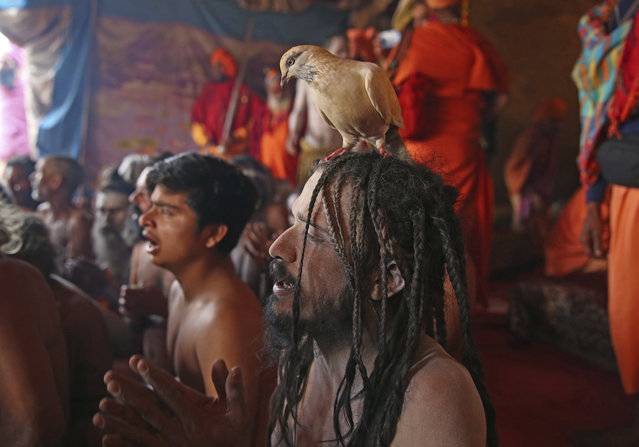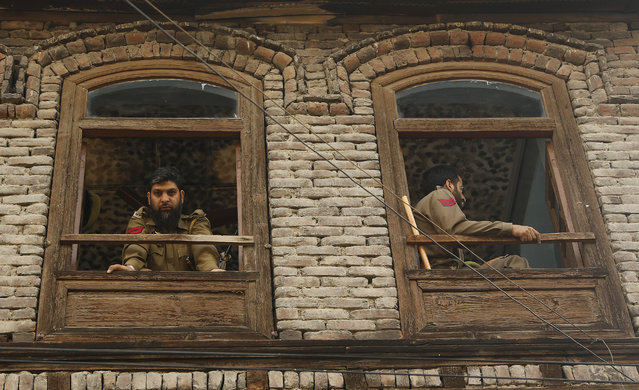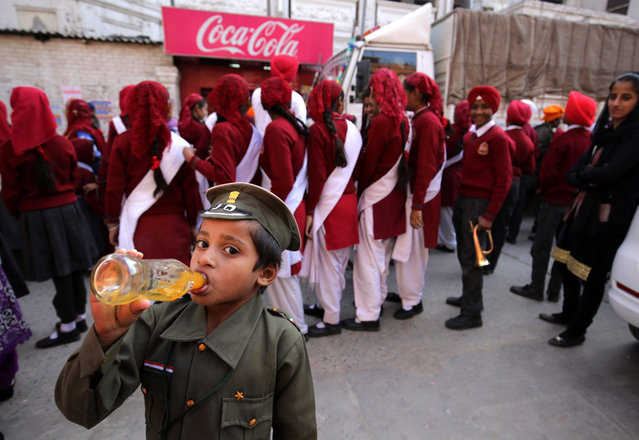
A child dressed in an imitation dress of army soldier enjoys a cold drink during a religious procession in Amritsar, India, 15 December 2015. The religious procession was taken out on the eve of the martyrdom day of the 9th Guru or Master of the Sikhs Sri Guru Tegh Bahadur Ji. Guru Tegh Bahadur was executed for not converting to Islam on the orders of Mughal Emperor Aurangzeb in Delhi in 1675 AD. The place of this occurrence is called Gurudwara Sis Ganj at Delhi. Guru Tegh Bahadur the youngest of the five sons of Guru Hargobind was born in Amritsar in 1621. (Photo by Raminder Pal Singh/EPA)
17 Dec 2015 08:02:00,post received
0 comments

